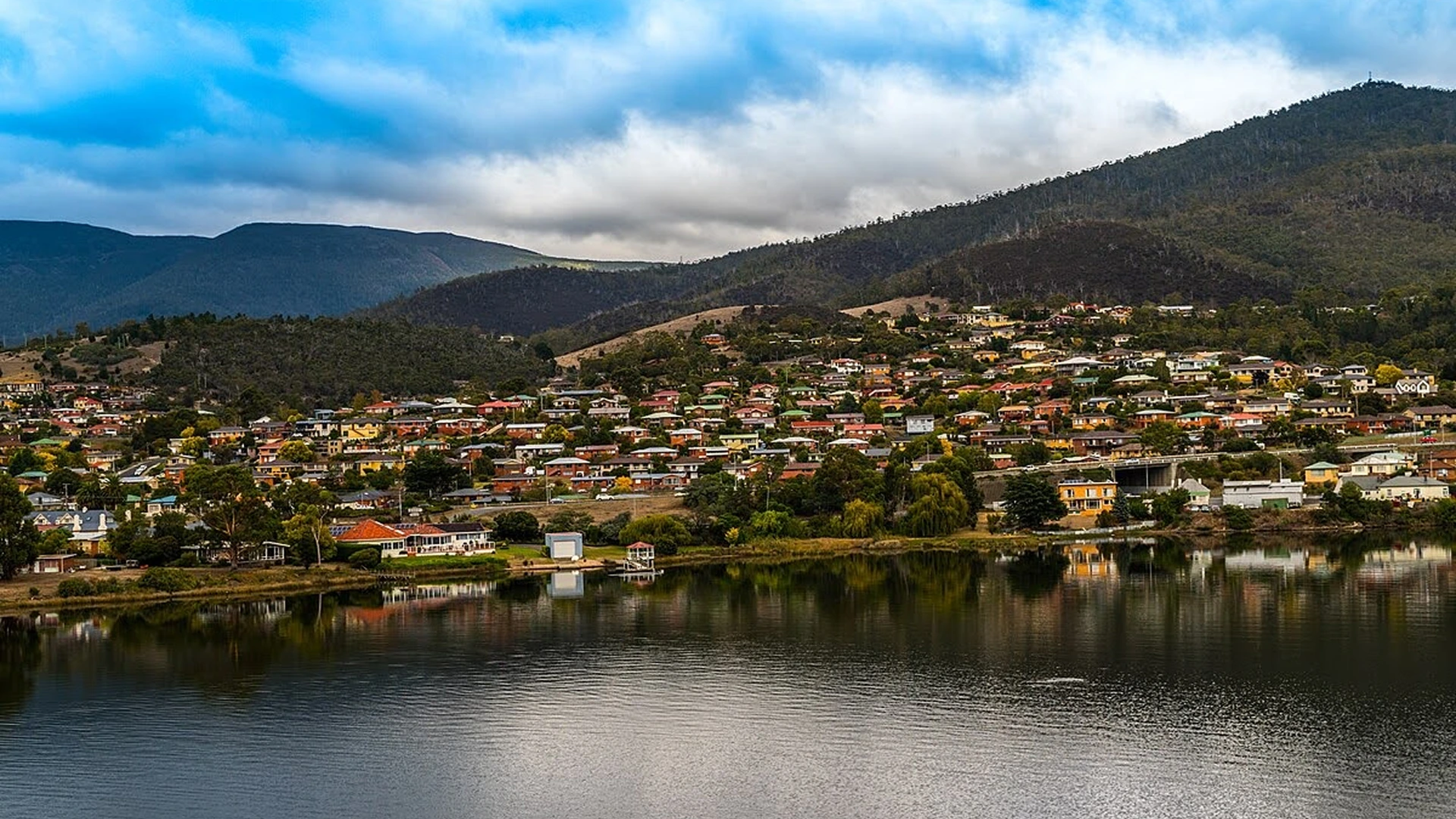
08 Nov Hobart: A Snapshot from Property Finance Invest’s Perspective
The Tasmanian capital of Hobart offers a unique property-investment landscape. For clients exploring diversification or regional opportunities, Hobart presents both compelling features and important caveats. As always, this commentary is informative in nature and not tailored financial advice.
1. Market overview: supply, demand and performance
Hobart continues to display some foundational strengths:
- According to recent research, the median value for all dwellings in Hobart was approximately A$673,383 (July 2025 data) with annual growth of about +1.9 %.
- Median house price was around A$714,691, with annual growth of ~2.2 %.
- Rental market: The vacancy rate has remained very tight; for example, listings have fallen heavily and rent growth has accelerated.
- Yields: Houses in Hobart deliver gross rental yields of around 4.3 % for houses and ~4.8 % for units.
Key takeaway: While Hobart isn’t offering explosive growth at the moment, it remains relatively affordable among Australia’s capitals and benefits from constrained supply and a strong rental market.
2. What’s driving performance?
Several structural factors underpin Hobart’s property market:
- Land and geographic constraints: Hobart’s topography and development capacity limit large-scale expansion, which can support value over time.
- Tight rental market: With vacancy rates dropping and rental growth strong (6 %+ annual for houses, 6.9 % for units in recent data) the income side remains solid.
- Infrastructure and external demand: Though not booming, there is modest stimulus and buyer interest from those seeking lifestyle over major capital city congestion. This helps support select suburbs.
- Affordability relative to larger capitals: Hobart still offers entry possibilities compared with cities such as Sydney or Melbourne, which can attract both owner-occupiers and investors.
3. Suburb-level highlights and emerging opportunities
From our lens at Property Finance Invest, targeting the specific suburb can make all the difference. Below are some areas of interest:
Berriedale (North Hobart region)

- According to latest data, Berriedale achieved a median house price around A$590,000, up ~6 % over the past year. Rental yield across the suburb was ~5.1 %.
- This combination of relatively lower entry price + yield potential means it may appeal to investors seeking downside-protection through cash flow and moderate growth rather than aggressive growth.
Considerations: As an outer/affordable zone, factors such as road access, amenities and tenant quality should be carefully assessed.
Howrah (Eastern shore units)

- Units in Howrah have seen growth of about 8 % p.a. over five years, with very low vacancy rates.
- For investors focused on rental stock (units) rather than houses, this suburb offers a niche.
- Caution: Units generally offer lower capital growth than houses, and stock condition/management is more critical.
4. Risk and caution points
At Property Finance Invest we emphasise that while opportunity exists, Hobart also warrants diligent evaluation:
- Moderate capital growth currently: While growth persists, it’s not as fast as some markets — e.g., annual growth of 1–3 % in some segments.
- Yields are decent but not high: Yields around 4–5 % may not suit all investors, particularly those needing higher income returns.
- Different suburbs differ markedly: Entry price, amenities, and tenant demand vary widely across Hobart suburbs — generalising can mislead.
- Tenant and property management considerations: In a market where supply is tight, property condition, tenancy turnover and rental demand matter.
- Economic and demographic factors: Tasmania often lags mainland capitals in economic momentum and population growth, which may cap upside.
- Timing and holding horizon: Given moderate growth trends, Hobart is arguably more suited to medium-to-long term investment horizons rather than short-term flip expectations.
5. Investment strategy fit: What type of investor?
From a Property Finance Invest vantage point, Hobart may align well with certain investor profiles:
- Capital-preservation oriented: For investors who prioritise stability, steady rental income, and moderate growth over aggressive returns.
- Lifestyle property crossover: Buyers who may one day live in the property, or accept longer holding periods.
- Balanced portfolio diversification: Investors whose core is in major capitals may view Hobart as a diversification play — geographically and economically.
- Value entry opportunity: For those seeking lower entry price points compared to premium capital city suburbs.
Less suitable for: Investors seeking high-yield short-term gains, or those requiring rapid turnover and high growth within 2–3 years.
6. Action-oriented checklist
When evaluating Hobart investment opportunities, Property Finance Invest would emphasise this checklist:
- Confirm recent vacancy rates and rental growth in the specific suburb (not just city-wide).
- Examine the entry price relative to similar suburbs: lower cost may offer better yield or growth upside.
- Assess infrastructure, amenity and transport access (schools, shopping, public transit).
- Review local supply trends: Are listings falling? Is stock constrained? These often support future value.
- Model cash flow and servicing under conservative assumptions (e.g., 4–5 % yields, moderate growth).
- Maintain a medium-term horizon (5–10 years) and include buffers for maintenance, tenant turnover and changes.
- Align with broader portfolio goals: Hobart should complement — not replace — other geographic or asset-class exposures.
7. Conclusion
For investors seeking a solid, practical Australian capital-city alternative, Hobart offers credible opportunities. With constrained supply, tight rentals and relatively modest entry budgets, suburbs like Berriedale, Kingston and Howrah stand out. That said, the growth profile is moderate and outcomes will depend heavily on suburb-level conditions, property selection and holding discipline.
At Property Finance Invest, the emphasis would be on smart selection, realistic yield modelling, and long-term investment mindset in the Hobart market. The city may not deliver headline-grabbing growth, but it does offer a compelling balance of affordability, rental strength and capital-city status.


